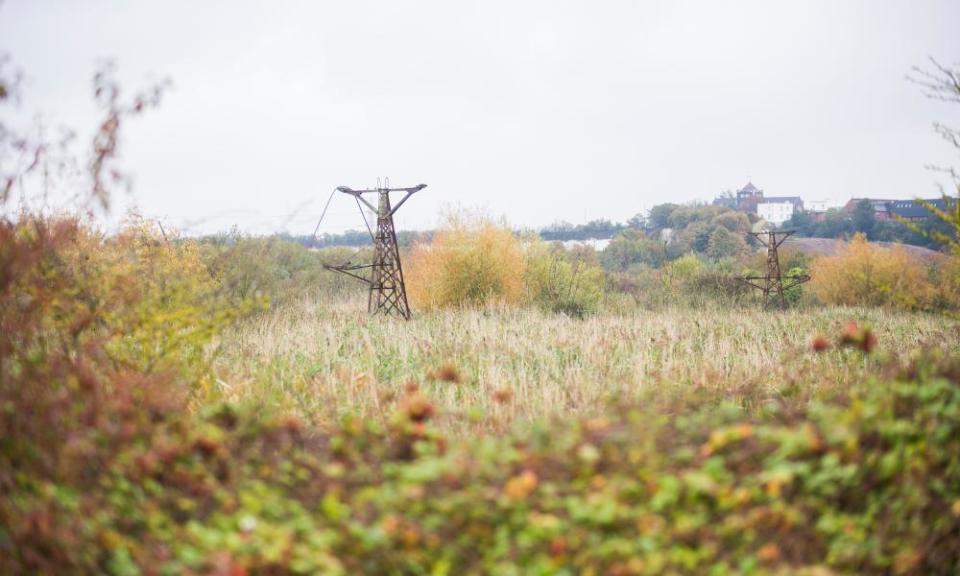Specieswatch: theme park offers no joy ride for jumping spider

A creature able to leap more than 10 times its own length and land on prey with unerring accuracy to render it helpless by injecting poison sounds like a monster from science fiction. But this is the hunting method of the distinguished jumping spider Attulus distinguendus that lives on two sites alongside the River Thames, near London. It was only discovered in 2003 and is now threatened by plans to build a theme park on its home, the Swanscombe Peninsula, in Kent.

The spider is tiny (1cm) and like 37 other species of jumping spider in the UK does not spin webs to catch its prey, relying instead on its excellent eyesight and leaping ability. If a jump goes wrong the spider uses gossamer threads as a safety rope. The keen eyesight is also vital in mating rituals, the quality of the dance securing both female interest and rapid escape if needed to avoid getting eaten during the encounter.
Its strange name seems to stem from a Victorian dispute about distinguishing it from a similar species. The spider’s habitat is small in almost every country in Europe because it likes a dry, salty climate with limited vegetation. In Britain only two areas seem to fit the bill – bare brownfield sites by the Thames littered with industrial waste.

 Yahoo Finance
Yahoo Finance 